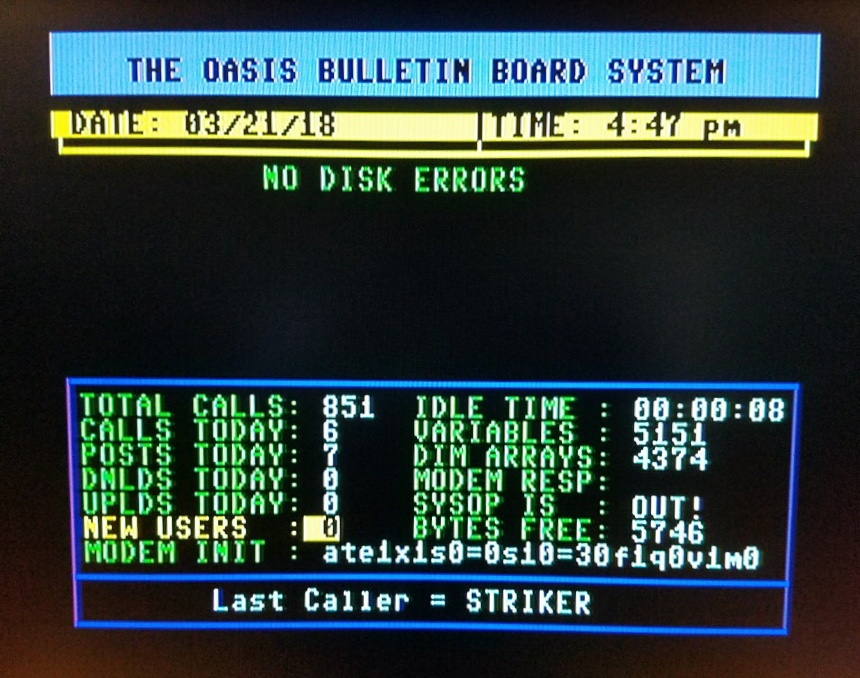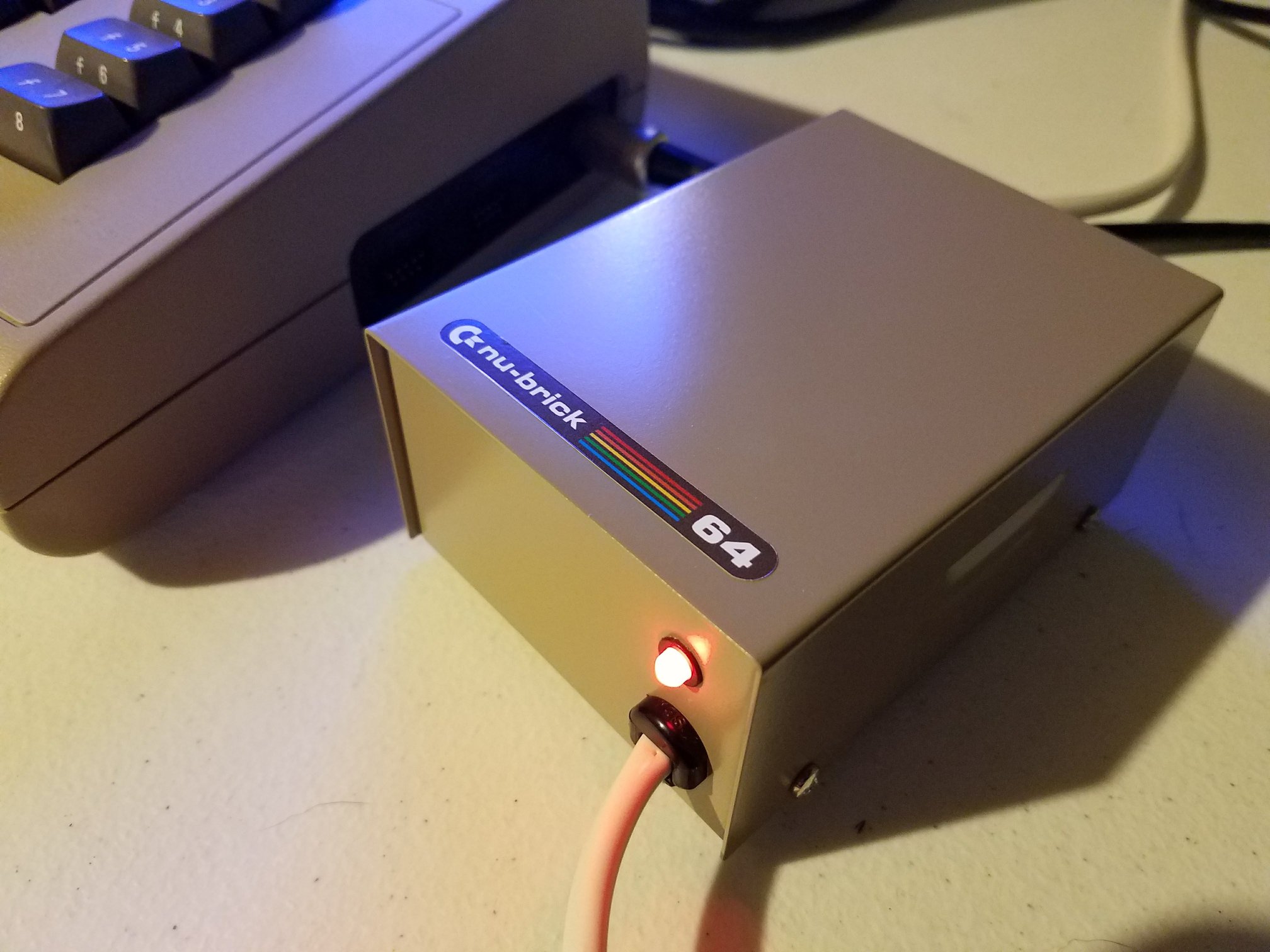In this episode of The Retro Channel, today’s focus is on the repair of a classic Commodore 64 sent in by a viewer. The machine arrived with two power supplies and an AV cable, and the viewer reported difficulties in getting the C64 to work.
Before diving into the Commodore 64 itself, it’s essential to check the power supplies. These original Commodore units are infamous for failing, sometimes causing more harm than good. A power supply tester was used to evaluate them. The first unit tested around 4.7 to 4.8 volts on the 5V DC side under load, which is within an acceptable range. The AC side registered 9.4 volts, again within safe limits. The second power supply showed similar results, indicating they were functioning correctly.
Attention then shifted to the Commodore 64, which still had its screws intact, suggesting that the owner hadn’t delved too deeply into it. Upon opening the case, an early model was found with the chips removed, likely in preparation for a dead test. The owner had included a dead test cartridge, but it still resulted in a black screen when they tried it.
Some of the capacitors on the board showed signs of leakage, particularly around the ceramic VIC-II chip, so they were replaced first. After removing the old capacitors, which were indeed leaking, new ones were installed. Unfortunately, the black screen persisted, indicating a more significant issue.
Using an oscilloscope, the clock signals were examined and found to be unstable, pointing to a potential issue with the clock generation circuitry, specifically around the 74LS629 chip. Replacing the crystal didn’t resolve the issue, leading to the suspicion that the 629 chip itself was faulty.
To confirm this, the suspect chip was swapped into another Commodore 64 board, which then exhibited the same unstable clock signal, confirming the 629 as the culprit. After replacing the faulty chip and ensuring the clock signal was stable, the C64 started up with a stable image, though errors persisted. This suggested there might still be an issue with the data bus or related components.
This repair highlights the importance of methodical troubleshooting when dealing with vintage hardware. Although progress has been made, the journey isn’t over. Stay tuned as the team continues to work on bringing this classic Commodore 64 back to life.







